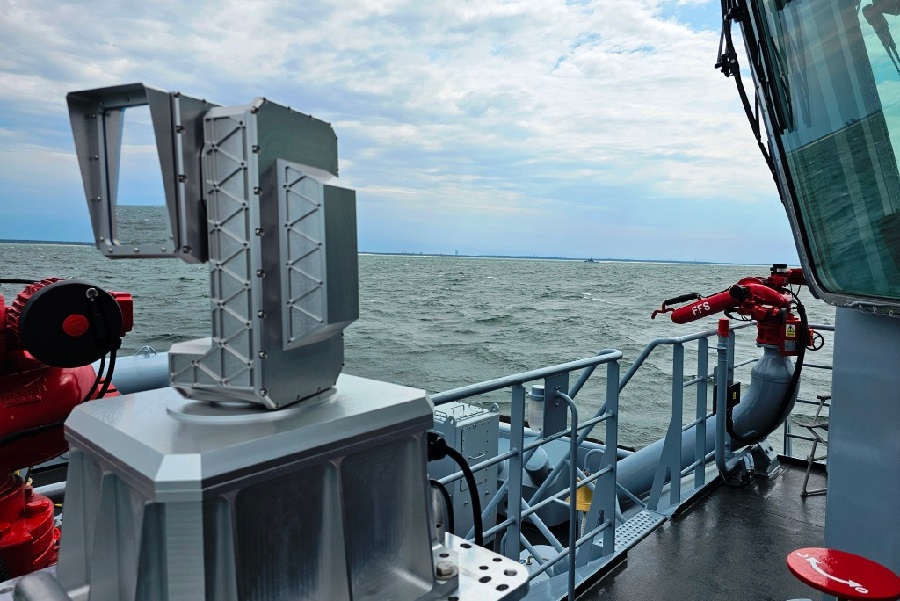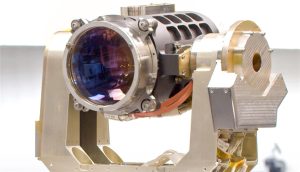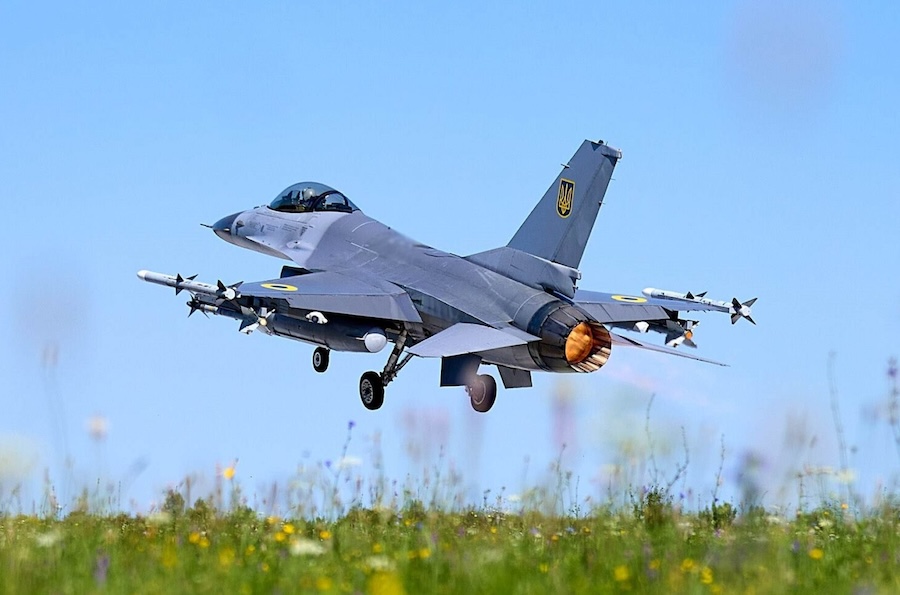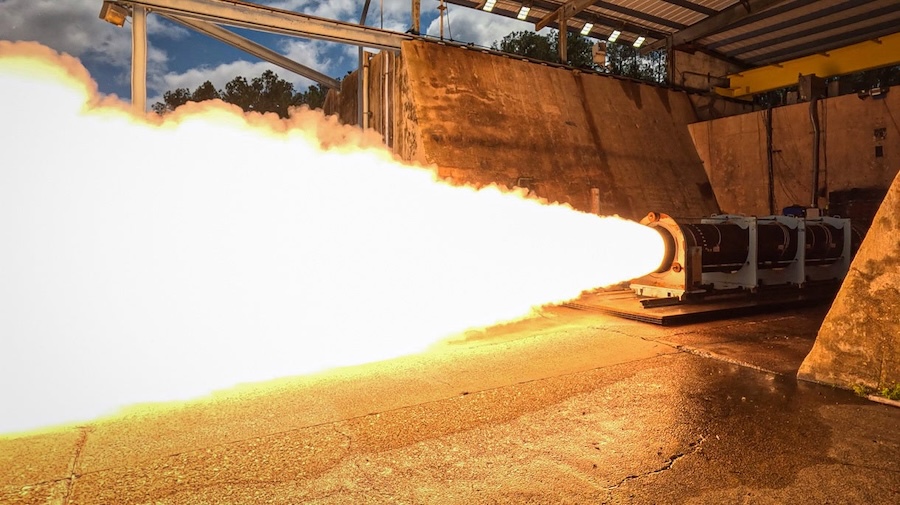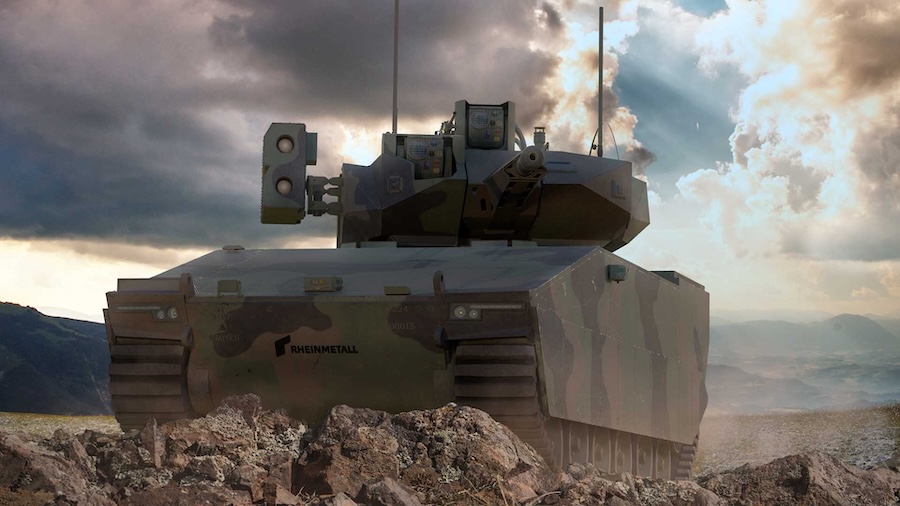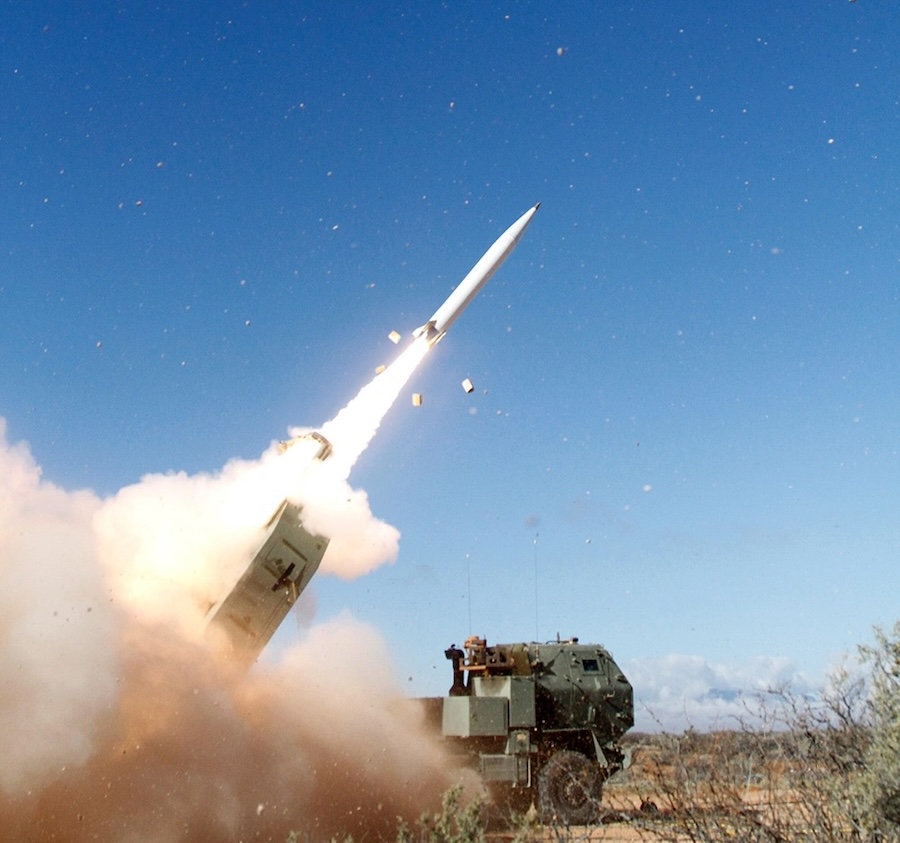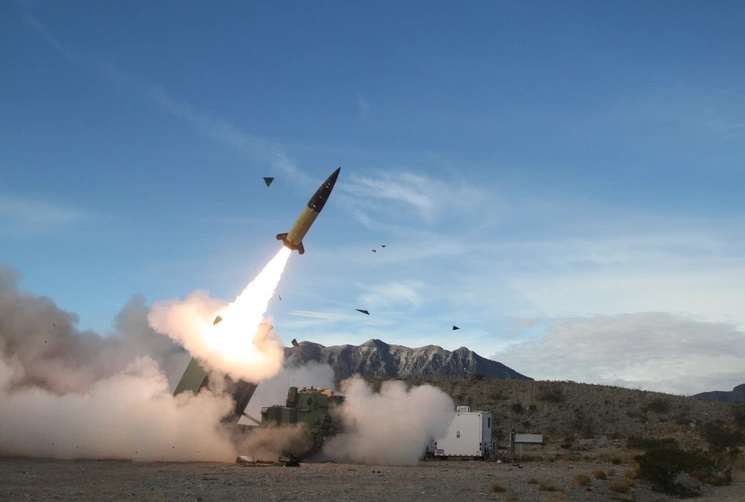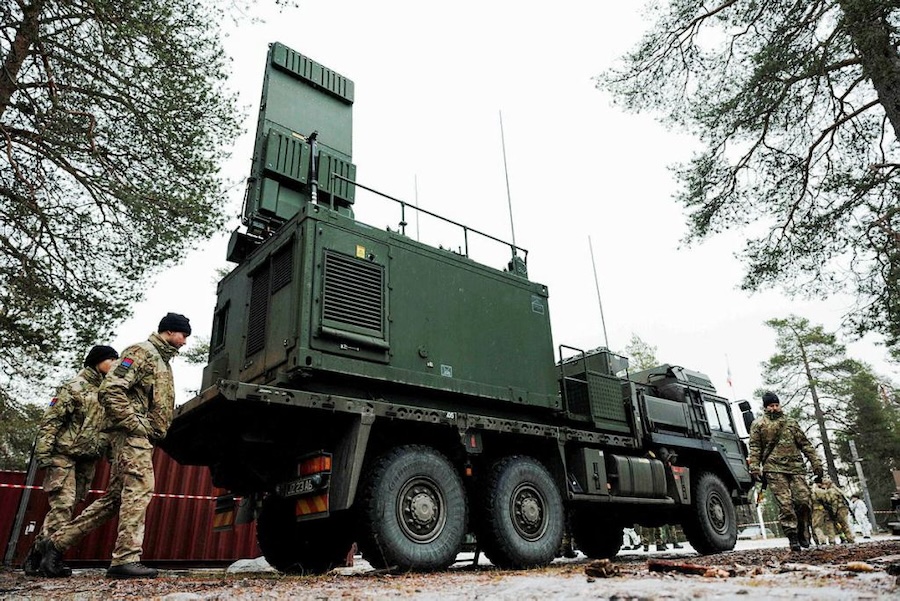The Baltic Sea has recently seen a rise in radio interference incidents affecting maritime communications and navigation systems. This development poses challenges for naval operations, which depend heavily on uninterrupted situational awareness.
To address such vulnerabilities, POLARIS uses laser-based communication links instead of traditional radio waves. This approach provides a secure, interference-free connection that is difficult to detect or jam, making it ideal for radio-silent or radio-denied environments.
During the demonstration, the POLARIS terminal quickly established the connection and maintained a stable data link throughout the mission. The system operated entirely outside the radio frequency spectrum, validating its suitability for contested maritime settings.
“Wartime reality shows that secure, high-speed communication shouldn’t rely only on vulnerable radio signals,” said Laurynas Mačiulis, CEO of Astrolight. “This demo proves that our technology is working well and is ready to address this challenge. In contested environments, radio silence isn’t just a precaution but a tactical necessity. It’s a firm step towards our goal to provide NATO naval vessels with resilient communication for the modern digital battlefield.”
The development of POLARIS was supported by Lithuania’s Ministry of National Defence through its national defence technology development programme. The system is designed to transfer data via a safe, invisible laser beam between platforms up to 50 kilometres apart, at speeds reaching 1 Gbps.
“The Polaris project marks an important milestone in the development of next-generation communication technologies for the Lithuanian Armed Forces,” said Commander Lieutenant Justinas Žukauskas, Senior Specialist at the Naval and Air Combat Platforms Division of the Defence Resource Agency. “The successful demonstration confirms the system’s potential to deliver secure, high-bandwidth laser-based communication while significantly reducing electromagnetic signatures — a capability especially valuable for naval operations in a tactical environment, such as the Baltic Sea. It is particularly gratifying that what began as part of a maritime hackathon is gradually becoming a reality.”
Lieutenant Commander Žukauskas emphasised the significance of the project for both Lithuania and NATO. “As the end user, the Lithuanian Navy stands to benefit greatly from this innovation. The prototype will now be handed over for further testing and integration into the structures of the Lithuanian Armed Forces, thereby strengthening Lithuania’s military capabilities and contributing to NATO’s broader goals in resilient and stealth-compatible communications.”
Astrolight confirmed that additional trials with the Lithuanian Navy and NATO exercises are planned. “Further testing with the Lithuanian Navy as well as in upcoming NATO exercises will be instrumental to further refining the POLARIS product,” said Dalius Petrulionis, CTO of Astrolight. “The first test in a maritime environment achieved better-than-expected results, surpassing those outlined in the technical specification, indicating that POLARIS can achieve reliable links over horizon-limited distances.”
“This test proves that tactical communication can be faster, safer, and smarter,” concluded Mačiulis. “POLARIS wasn’t built to compete with radio – it was built to take over where radio fails or it cannot be used due to a hostile environment.”
The Ministry of National Defence has announced its continued support for emerging technologies through annual defence R&D calls. This commitment aims to ensure that systems like POLARIS continue progressing from prototype to full deployment.




